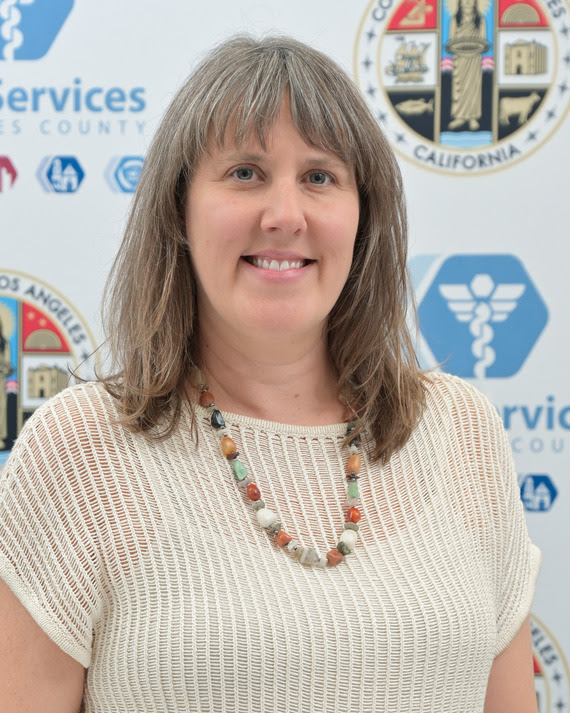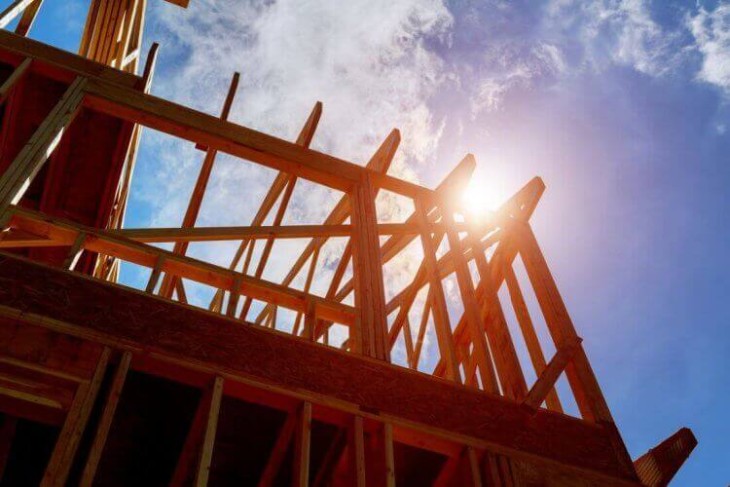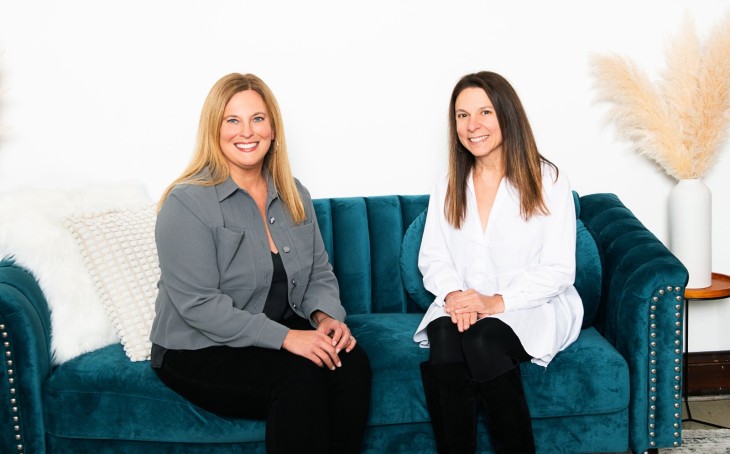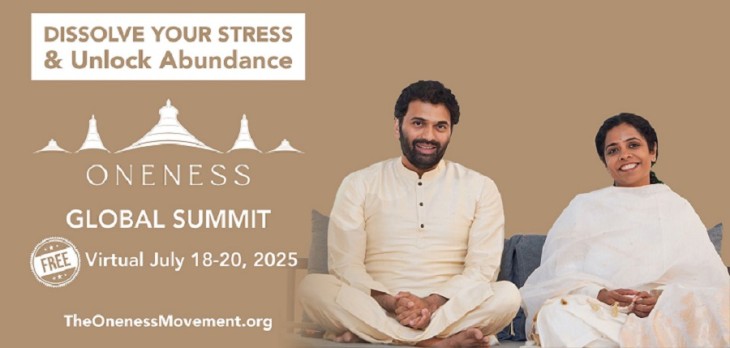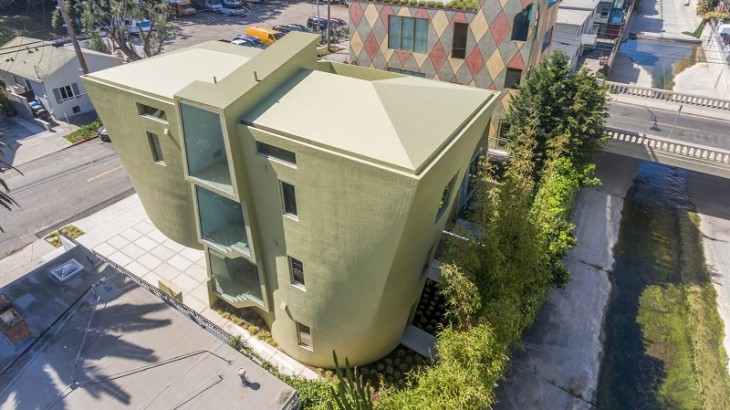By Dr. Stuart Garber
Osteoporosis, or thinning of the bones, (literally – porous bone) is the most common bone disease. In the United States today, 10 million individuals already have osteoporosis and 18 million more have low bone density, placing them at increased risk for the disease.
Out of every five people with osteoporosis, one is a man. That’s two million men with osteoporosis, most of who probably thought it was only a women’s disease!
Fractures are the most common and serious complication of osteoporosis, typically of the hip or vertebra. In the elderly however, a fracture does not just mean a broken bone. Becoming bed ridden as a result of a fracture can lead to severe complications and often death.
Achieving and maintaining optimum bone health is not difficult if you follow a few simple steps, all of which have overall health benefits as well.
As with everything else in life, good bone health is a matter of balance. There must be a balance between the cells that form new bone and the cells that break down and remove old bone. To maintain healthy bones we must take in enough of the right bone building nutrients and avoid taking in too many bone robbing substances. And we must balance the non-active parts of our lives with activities that encourage strong bones.
Calcium and phosphorus (phosphate) are the main minerals essential to normal bone formation. The majority of calcium in our bodies, 99 percent of it in fact, is found in our bones and teeth. The other 1 percent is made available for some pretty important things like muscle contraction, nerve transmission, the secretion of hormones, enzyme production, blood clotting and wound healing and many other functions in the body.
The bones act as a storehouse for calcium and when there is not enough calcium in the blood to satisfy the body’s need it is pulled from the bones. When there is more calcium than required, the excess (to a point) goes back into the bones. This dance is carefully orchestrated by the parathyroid glands, a set of four little glands that sit on the thyroid gland located in your neck. Under the influence of the parathyroid’s hormones, calcium, phosphorous and vitamin D interact to maintain the integrity of our skeletal system.
Risk Factors for Osteoporosis
There are some risk factors for osteoporosis that you have no control over and many that you do.
Risk factors for osteoporosis that you have no control over:
Gender – Five times as many women than men have osteoporosis (and women are twice as likely to break a bone as a result of osteoporosis than men.)
Age – The risk of osteoporosis increases with age.
Race – Caucasians and Asians have higher rates of osteoporosis than other races.
Size – Small framed men and women, as well as those who are very thin, have a higher risk of osteoporosis.
Family history – Having a parent or sibling with osteoporosis puts you at increased risk.
Medical history – diseases such as Crohn’s and celiac disease and surgical procedures involving the stomach can affect your body’s ability to absorb calcium. Other diseases involving glands such as the thyroid, parathyroid and adrenal glands can lead to bone loss due to excess production of their respective hormones.
Risk factors for osteoporosis that you can control:
Diet – Ensure an adequate amount and proper balance of nutrients that support healthy bone formation. Everyone talks about getting enough calcium and although calcium is of major importance it is just one part of the equation. (Read more under Treatment below.)
Exercise – people who live sedentary lives are at higher risk of osteoporosis then those who lead more active lives. (Read more under Treatment below.)
Alcohol – avoid excessive alcohol consumption. More than two drinks a day increases your risk of osteoporosis because it interferes with you ability to absorb calcium.
Drugs –
— Corticosteroid drugs: Long term use of corticosteroid drugs such as cortisone, prednisone and dexamethasone, which are prescribed to treat conditions like asthma, lupus and rheumatoid arthritis;
— Antidepressants of the SSRI type (Celexa, Lexapro, Luvox, Paxil, Prozac, Zoloft,)
Aromatase inhibitors (Arimidex, Aromasin, Femara) used in the treatment of certain breast cancers and;
— Proton pump inhibitors (Prilosec, Prevacid, Nexium, Aciphex) used to treat esophageal reflux are all associated with an increased risk of osteoporosis.
— Depo-Provera, a commonly prescribed contraceptive, is also known to decrease bone density. It is used by more than two million women including 400,000 teens.
Tests for Osteoporosis:
Bone Density Test: When your doctor orders a bone density test, what you will typically be getting is a DEXA scan. This Dual Energy X-ray Absorptiometry scan is the standard test for measuring bone mineral density, typically at the hips and lower spine. The results are reported as a T-score which is a statistical analysis comparing your result with that of a healthy individual’s bone mass when it is at its peak level. Normal is when your T-score is less than -1.0. Osteopenia, the term used to describe a decrease in bone mass but not enough loss to be considered osteoporosis, is when your T-score falls between -1.0 and -2.5. You are considered to have osteoporosis with a T-score of -2.5 and beyond.
Blood tests: Blood tests that are important screening tools for bone health are serum calcium and phosphorus and vitamin D. Most standard blood chemistry panels measure calcium but rarely phosphorus. I find this vitally important because it is the ratio of calcium to phosphorus which will tell us if there is a need for additional calcium in the diet or too little phosphorus for the amount of calcium already there. Vitamin D is best measured by the level of one of its main metabolites, 25-hydroxy-vitamin D.
Urine test: There is also a simple and inexpensive urine test that measures the break down by-products of bone being excreted by your body. The bone density scan shows us the actual bone mass at that moment in time. What it doesn’t show us is if you are actively loosing bone or not. Done at the same time as a bone density test it allows us to know how aggressive we need to be with treatment. If there is no indication of bone loss on either test, you’re doing great. If the scan is not yet showing any loss of bone but the urine test shows that bone is actively being broken down, or if the scan is showing that there is already some bone loss even though the urine test indicates no current bone break down, it’s time to get going on a bone strengthening program. And if the scan shows a loss of bone mass and the urine test shows that you are actively losing bone, a more aggressive program is needed.
Treatment for Osteoporosis:
Pharmaceutical: In my opinion the drugs currently available for the treatment of osteoporosis are one really bad class of drug. Their side effects are many and serious and the longer these drugs are in use the more side effects keep coming to light. Even before all the newer evidence of problems, any drug with a warning not to take it unless you can remain upright for at least 45 minutes gives me pause.
The most common osteoporosis drugs are the bisphosphonates – Fosamax, Boniva and Actonel being the most popular. Besides merely irritating the gastrointestinal tract, bisphosphonates can cause esophageal ulcers, esophageal cancer, osteonecrosis of the jaw (death of the bone in the jaw,) fever, bone pain, eye inflammation, kidney problems and osteomalacia (an abnormal softening of the bones.)
Now it is being shown that the new bone formed as a result of these drugs is actually weaker bone (more brittle than healthy bone) and so bones are breaking anyway and in places other than where osteoporotic bones typically break.
How about an osteoporosis drug that is only required once a year? Sounds too good to be true, doesn’t it. Well, you know what they say about things that sound too good to be true. And Reclast is no exception. Besides having to be administered by intravenous infusion performed in a doctor’s office at a cost of around $1,000, Reclast has been shown to produce abnormal heart rhythms.
Diet: As discussed above, the key here is to ensure an adequate amount and proper balance of nutrients that support health bone formation. Everyone talks about getting enough calcium, and although calcium is of major importance, it is just one part of the equation. And just how much calcium is enough? Do we all need the same amount? More calcium is not necessarily better. The recommended daily amount of calcium seems to always be rising – 800 mg, 1,000 mg, 1,200 mg, 1,500 mg. More and more and more. But what happens to all that calcium if your body can’t use it. Here’s where our friend phosphorus comes in. If there’s not sufficient phosphate to balance the calcium, the calcium will precipitate out of the body fluids. If it precipitates in the kidneys it can form kidney stones; on the teeth it forms tarter and when it deposits in the eye, a cataract may form, and so on. These are all signs of an imbalance in the calcium phosphorus ratio and taking more calcium will just make matters worse.
The other big question is what form of calcium. Food, of course, should be where we get all of our nutrients from, including calcium. Non dairy sources are by far the best (despite the overwhelming influence of the Dairy Council.)
The best dietary sources of calcium are green leafy vegetables. Arugula (the hands down winner,) watercress, turnip greens, collard greens, mustard greens and spinach.
All of these have two to five times the amount of calcium as dairy sources, in milligrams of calcium per 100 calories. (Don’t be misled by the amount of calcium per “serving.”) Broccoli, okra and cabbage also contain significant amounts of calcium as do some nuts, especially almonds and hazelnuts and sesame and sunflower seeds.
Calcium supplementation is big business. If you aren’t getting enough calcium through the food you are eating, a calcium supplement will be necessary. The most common form of calcium supplement is made from calcium carbonate. This is the least expensive form of calcium and also the least absorbable – which means in the long run it may not be so inexpensive after all. My preferred form of calcium supplementation is calcium lactate. Contrary to what it sounds like, this form of calcium is not from dairy and is safe for those with milk allergy and lactose intolerance. It converts most readily into the ionized form of calcium utilized by the body. Other good forms are calcium supplement are citrate, gluconate and ascorbate.
Some recent studies have suggested that vitamin K (a nutrient usually associated with blood clotting) may play a role in bone health. This relationship is still not well understood but luckily many of the high calcium foods mentioned above are also high in vitamin K.
Vitamin D is necessary for the absorption of calcium in the body. Much new research has been done on vitamin D and due to its many critical functions that have come to light as a result it has become today’s “IT” nutrient. However, its role in maintaining healthy bones cannot be overemphasized. Vitamin D is made in our bodies by the action of UV radiation from sunlight on the cholesterol in our skin. People who live in northern climates, or who don’t get much sun exposure, need to take in more vitamin D.
Good dietary sources of vitamin D are fatty fish like salmon and mackerel, egg yolks and beef liver.
Vitamin D is, unfortunately, not found to any great extent in the vegetarian world. One exception is mushrooms which contain small amounts. Vitamin D supplements are widely available and Vitamin D3 is the preferred form. How much you should take depends on your specific need as determined by the blood test referred to above. Everyone should have their vitamin D level checked.
Exercise: Weight bearing exercises are essential to building bone. There has to be some stress exerted on the bone to stimulate the bone forming cells. Swimming, although a great overall form of exercise, unfortunately does little to strengthen bones. The same goes for gliders and elliptical machines.
Walking, running, tennis, even dancing, all effect bones in a positive way. Equally important are resistance type exercises like weight lifting (free weights or weight machines) or stretch bands.
The focus of an exercise program to improve bone health should include, in addition to weight bearing and strengthening exercise, some to increase flexibility and improve balance. This can be accomplished with activities such as stretching, yoga and Tai chi. The thing to remember is to exercise safely and within your current level of fitness. You will find not only your bones getting stronger but you will experience an improved overall sense of well being.
The Missing Link:
Dr. Garber’s Natural Solutions for Bone Strength: I developed my formula, Dr. Garber’s Natural Solutions for Bone Strength, because even when following all the steps outlined above, many of my patients were still not building enough new healthy bone – at least to my satisfaction. The ingredients in Bone Strength help strengthen bones by enhancing the assimilation of calcium and other minerals into the bone – where they need to be. Contrary to popular belief, you are not what you eat. You are what you eat, digest and finally assimilate. The best nutrients can’t do anything until they get into the cells. Dr. Garber’s Natural Solutions for Bone Strength supports the cells that build new bone and the cells that break down and remove old bone so that there is balance resulting in the formation of strong and healthy new bone. Bone Strength also aids in the healing of broken bones and after surgery involving bones.
• For more information, visit https://www.drgarbers.com.


